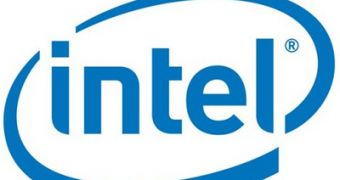Even though it will take Intel about a year to officially introduce the successor to the Sandy Bridge CPUs and chipsets, the Ivy Bridge platform has already become a subject of discussion on the web.
When a company launches its latest chipset and central processing units, one can safely assume that said outfit is already working on the successor to it.
This goes, of course, for the Intel and the Sandy Bridge platform, and it seems that, despite the fact that it will take many months for the launch to take place, rumors are already taking form regarding the Ivy Bridge.
So far, only good things, and even ironic things (support for the apparently flawed existing chipsets), have been said about the platform, and this extends to more than just the performance.
For instance, it is known that the 22nm manufacturing process will be used in its construction.
Another thing about it is how it will be about 20% faster than Sandy Bridge chips while working on the same H67 and P67 chipsets, albeit after a BIOS update.
It has now been revealed that, in tune with the aforementioned burst in speed, there will be support for two channel DDR3 of up to 1,600 MHz, including SO-DIMMS.
Two modules per channel will be supported by the integrated memory controller, leading to four possible memory slots.
To this is added the benefit of the third-generation Hi-K metal gate process technology , plus a new and better HD integrated graphics component.
The first half of 2012 is the time frame so far implied, though one can assume the first quarter to be the time of arrival, possibly during CES.
Among the various models should be chips with TDPs (thermal design powers) of 35W, 45W, 65W and 95W, all of them with Turbo Boost dynamic overclocking and enhanced AVX acceleration.
Depending on how soon Intel starts 22nm production, the Panther Point chipset might even debut earlier than next year, perhaps during Q4 2011, though nothing is certain.

 14 DAY TRIAL //
14 DAY TRIAL //